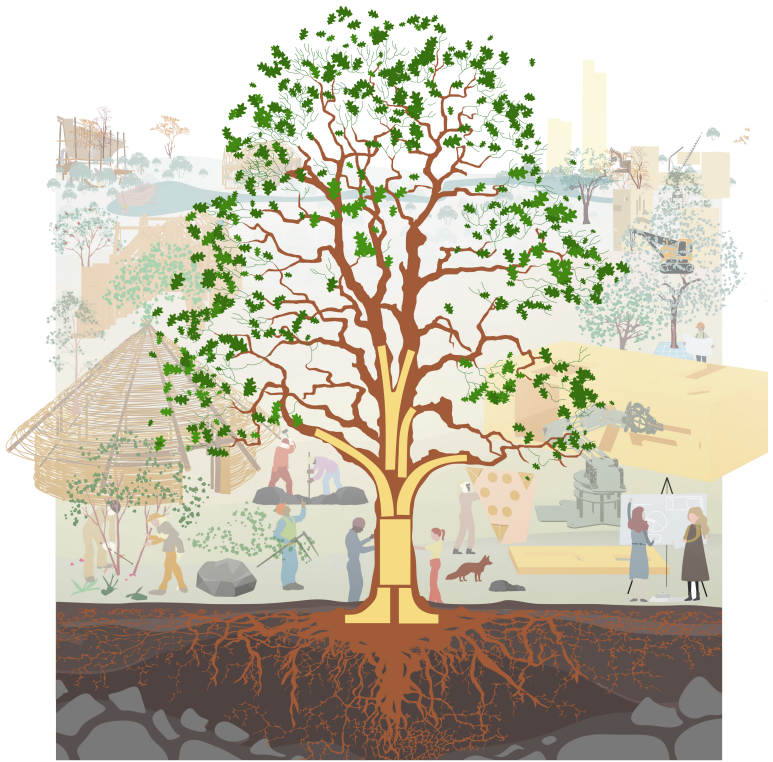
Demonstrating the potential of English timber for Modern Methods of Construction
The Building from England’s Woods (BFEW) project set out to evidence the suitability and viability of English woodland resources for use in structural timber systems. Its primary objective was to develop scalable solutions that demonstrate how homegrown timber can support sustainable modern methods of construction (MMC).
Delivered in collaboration with dRMM Architects, Edinburgh Napier University, Built Environment – Smarter Transformation (BE-ST) and EcoSystems Technologies, the project built a detailed understanding of the market, stress-tested the resource through modern manufacturing techniques, and showcased a range of potential solutions.
Key findings included:
Market analysis revealed challenges with supply chain gaps, skills shortages, and material availability, alongside strong drivers such as structural performance, durability, low embodied energy, and waste reduction.
Material testing covered species like sycamore, alder, birch, sweet chestnut, beech, ash, poplar, paulownia, and European oak, creating valuable data for future grading standards.
A suite of engineered products was developed to optimise the use of diverse hardwood resources. The research demonstrated that hybrid systems offer significant advantages by combining species for specific performance attributes.
Demonstration projects helped engage the supply chain and proved the practical viability of these solutions.
Outreach efforts targeted diverse audiences to share knowledge, build understanding, and ensure lasting impact.
Download the project reports:
V&A South Kensington
dRMM: Building from Forests
At a time of climate emergency, architecture practice dRMM and its partners in manufacturing and science consider how wood from UK forests could transform local production. This display presents the pioneering new products that emerged from the research, and demonstrates the potential of this underused resource.
The display forms part of the fifth iteration of Make Good: Rethinking Material Futures, a ten-year programme supported by John Makepeace OBE.
Date: Tuesday, 25 November 2025 - Saturday, 30 October 2026
Time: 10.00 - 17.30
Location: V&A South Kensington, Cromwell Road, London, SW7 2RL
Cost: free
Project partners









